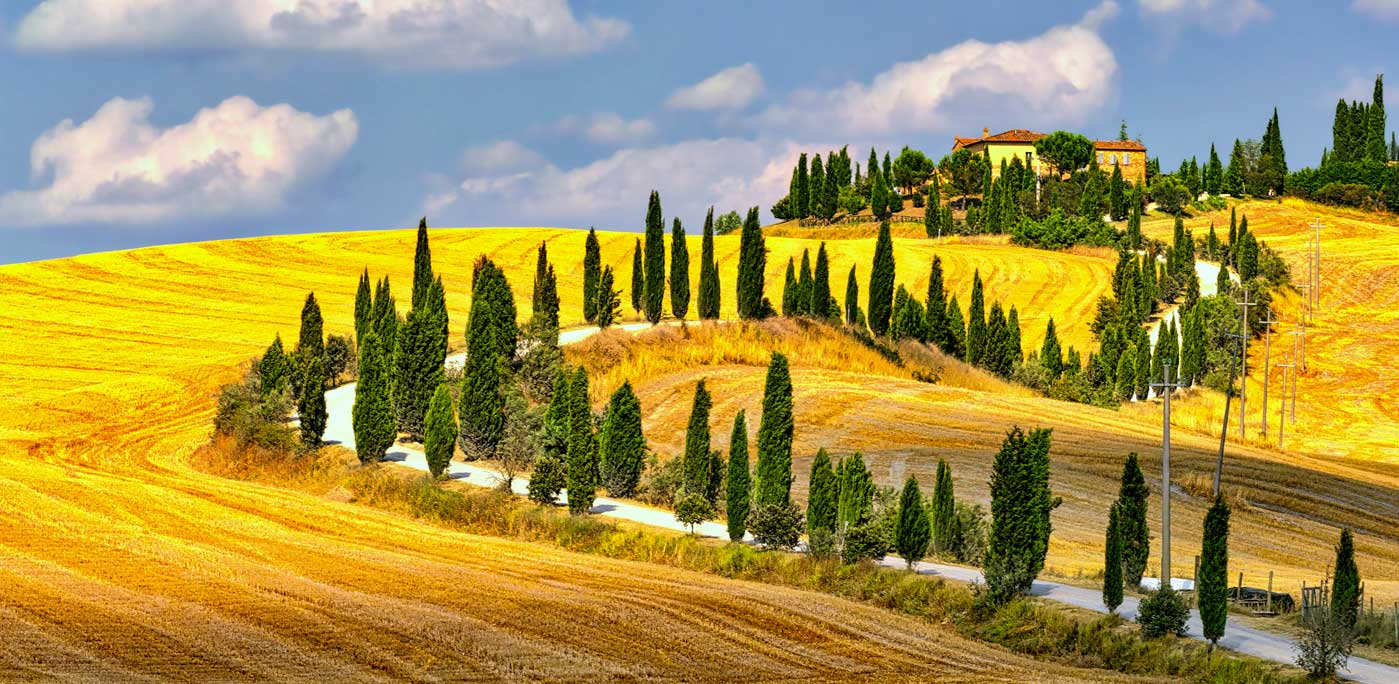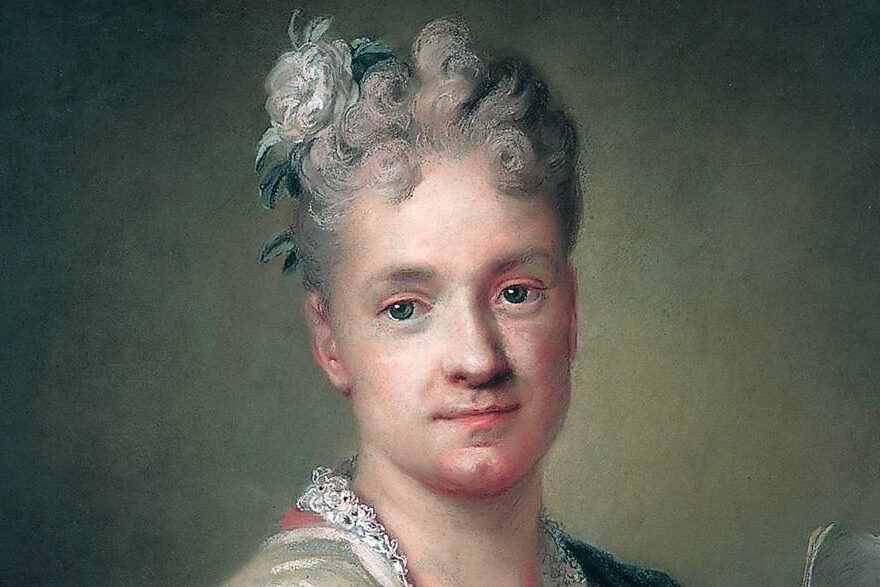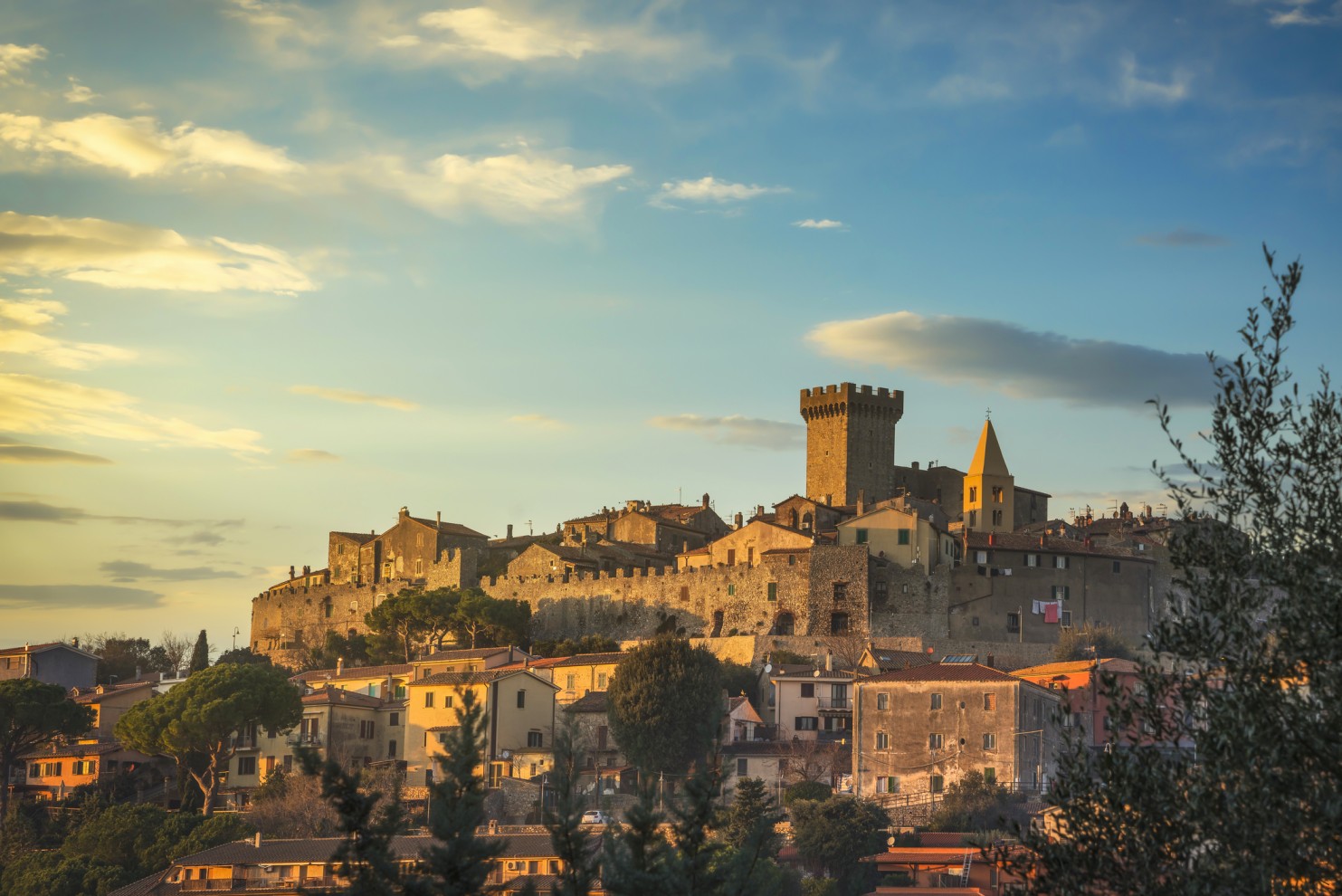A quote attributed to the 18th-century British writer, literary critic and moralist Dr. Samuel Johnson goes: “A man who has not been in Italy is always conscious of an inferiority.” I am not sure that strong statement is still valid today, but I know for a fact that “Italy is a dream that keeps returning for the rest of your life,”, as the 20th century Russian Anna Akhmatova wrote in her memoirs.
Once back to the US, my Italian-American and American friends often confess a wistful desire to return in thought and in fact to la Bella Italia. There is something magical about it.

Photo: (Dreamstime)
Italy is a time machine that brings them back to the times when the things they love are still alive. Venice, Florence, Rome, Naples, the incredible Sicily of course, and Milan will always be there for them.
Although everyone’s travel plans have been disrupted by the COVID-19 pandemic, I am confident my friends will all return to enjoy authentic Italy when the health crisis is finally over. This unprecedented situation will not kill off the yearning to visit this outstanding nation in the future.
No doubt, for long months people won’t travel far from home. “Staycations,” staying in their area for holidays, will be favored over long-haul flights. But slowly, the tourism industry will resume. After a period of regional travel, international travel will pick up again once a COVID-19 vaccine is developed and used worldwide.
However, I have to confess that I wouldn’t approve of over-tourism returning to my country. In the last decade, in many places such as Venice and the Cinque Terre, tourism grew beyond sustainable bounds to the detriment of the local community and our cultural heritage. Cities welcomed more tourists than they could handle.
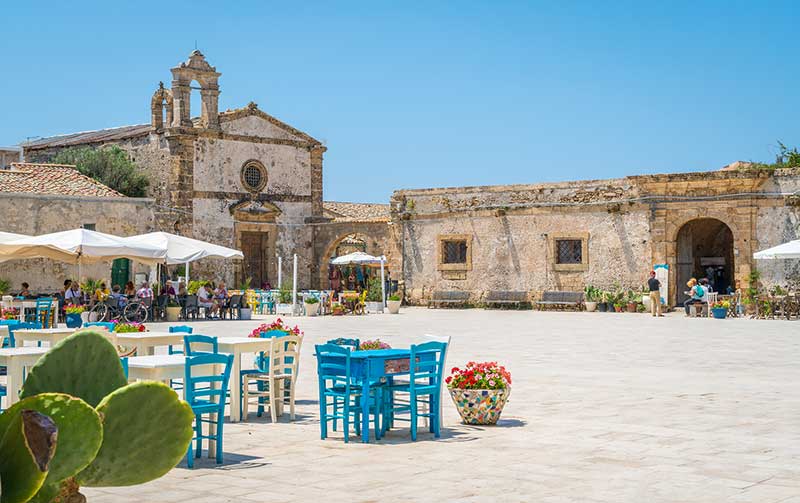
Photo: (Dreamstime)
This health crisis will allow us to instill a new travel mindset. Hopefully, we will take individual action for the good of our cities, seas and mountain resorts, and our planet in general. During Italy’s lockdown, we have seen dolphins frolicking in the Venice canals. The planet is healing and nature is rejoicing.
This is a teachable moment. The way we travel will transform. We will be more socially responsible, sustainable, conscious and ethical. Personal space becomes important in a new era when the entire tourist industry has to make plans to guarantee that space to travelers.
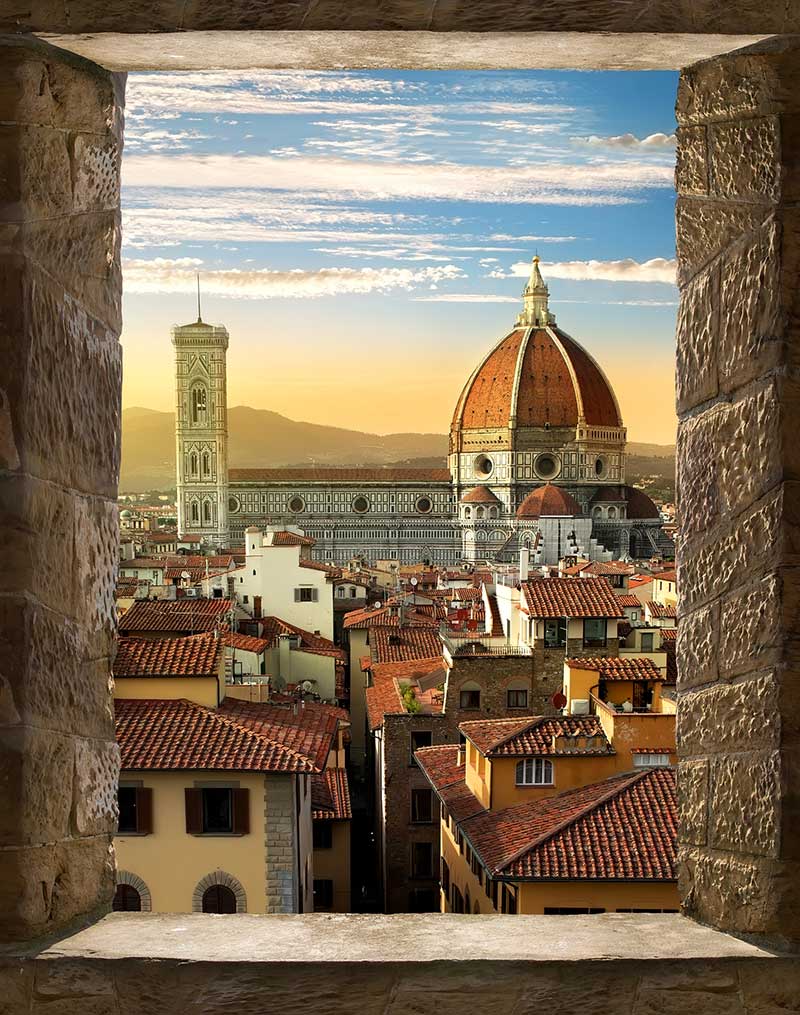
Photo: (Dreamstime)
Italy will remain a beloved locale to visit. “For us to go to Italy and to penetrate into Italy is like a most fascinating act of self-discovery,” wrote American novelist D.H. Lawrence. To him, Italy was a utopian place, something that doesn’t even belong to this world.
Americans will continue to love Italy as part of their DNA. “Italy has drawn me back more times than I can count,” recently wrote the celebrated American photographer Steve McCurry as an intro of his tribute to Italy, a selection of stunning images that aim to capture the Italian spirit, culture and traditions. McCurry, who is best known for his Afghan Girl portrait which appeared on the cover of National Geographic in 1985, also said: “I stand with all the Italian people. You are always in my heart.”
For now, there are so many things Americans and Italian-American can do to keep their love for traveling to Italy alive while indulging their armchair wanderlust at home. First, they can travel to Italy through books. They let you travel without moving your feet. So get your hands on books that tell you about the ancient country that was the core of the Roman Republic and the Roman Empire between the 4th century BC and the 5th century AD. They can be history books, Italian novels, travel memoirs, plays and essays. The list is too long to be enumerated here. I will only suggest a few travel books.
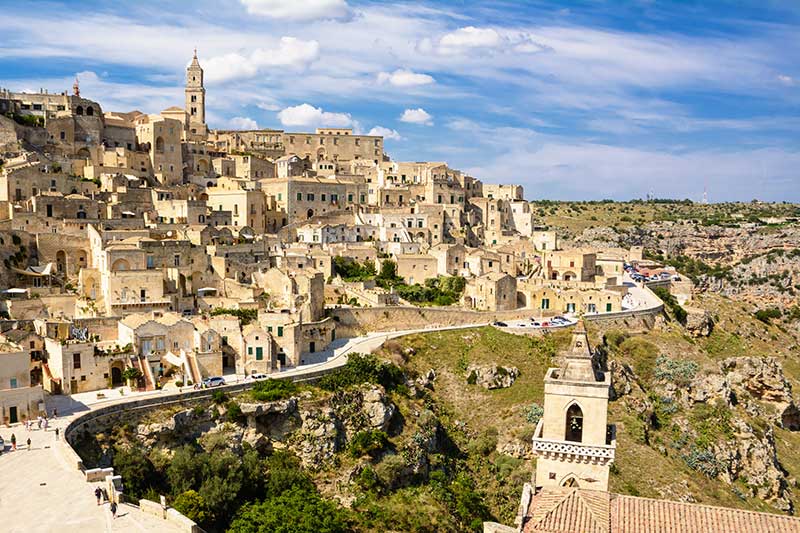
Photo: (Dreamstime)
At first, I would pick Italian Journey, a classic from German novelist Johann Wolfgang Goethe. In 1786, when he was already the acknowledged leader of the Sturm und Drang literary movement, he traveled to Venice, Rome, Naples and Sicily. His fascinating observations on art and history, the seductively wild landscape, and the people he encountered were the basis of his celebrated Italian journal that stated “we are all pilgrims who seek Italy.”

Photo: (Dreamstime)
If you are an advanced Italian learner, I recommend you to read Viaggio in Italia written in 1983 by Guido Ceronetti, a 20th-century poet and philosopher from Turin who found alternatives to the codified touristic and literary modes of representing Italy. With a suitcase full of books, he traveled as a hobo by train and by bus through minor cities, writing notes about the most inaccessible Italy revealed by his satirical gaze.
Also, watch travel documentaries. As the global pandemic continues to affect everyday life, the PBS series called Dream Of Italy written by travel expert Kathy McCabe bring some well-needed cheer during these difficult times.

Photo: (Dreamstime)
Not to be missed are the monumental Rai TV shows Questa Nostra Italia scripted by novelist and journalist Guido Piovene (1907-1974) who partly based the iconic series on his travel book Viaggio In Italia published in 1957. A prominent figure in post-war travel literature, Piovene traveled around the country for three years in the mid-fifties. The result was a love letter to Italy that was experiencing an economic miracle, the Italian economic boom, a period of momentous change in both society and culture. The complete series is available on RaiPlay.
You are still able to find online many other quality videos of Italian destinations. Watching some of them will provide familiarity with the places of your dreams and bestow useful information on what has to be seen when traveling there. Then prepare a wish list of the places you want to visit. Don’t be left unprepared. Reading the L’Italo-Americano will help you to have clear ideas. Don’t miss its new and past issues. Access to its unique archival materials, a rich resource for Italy’s lovers.
Also, movies will give you the travel bug. Under the Tuscan sun (2003) will lift your mood. A cheerful comedy-drama set in Cortona, near Arezzo, is about a divorcée rediscovering herself on a tour of Tuscany, where she ends up falling in love with a ramshackle house and buys it on a whim.
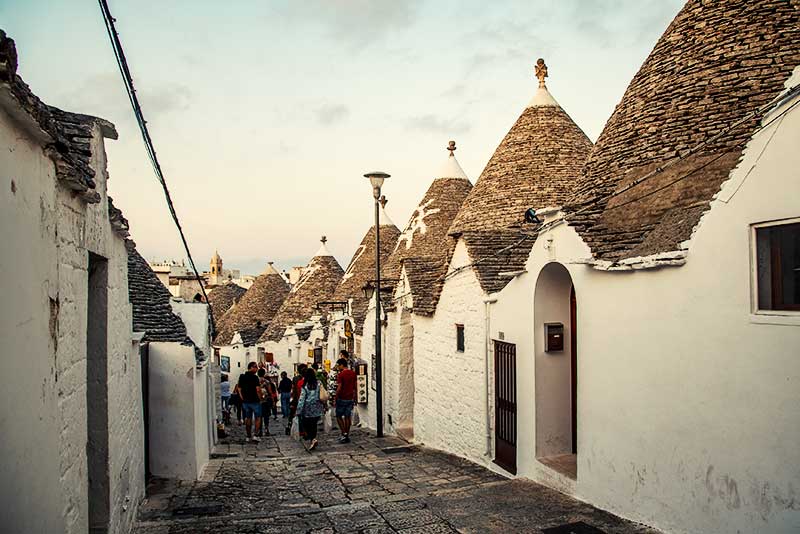
Photo: (Dreamstime)
Make sure not to miss out on Roberto Rosselini’s searing Rome Open City (Roma Città Aperta), a masterpiece of Neorealism shot in 1945 a few months after the city’s liberation from Nazi occupation. You may also dream about Italy while watching Luchino’s Visconti’s The Leopard (1963) based on the 1958 historical novel Il Gattopardo by Sicilian novelist Giuseppe Tomasi di Lampedusa.
Devoting some of your time in self-isolation to study the Italian language makes sense. An online course is a natural place to start your journey to Italy that will be possible before too long. So be prepared for that moment. In the meantime, play travel games with your family. Quiz the name of a city, then study the maps. It is wonderful to discover unknown towns and borghi. And don’t forget to listen to Italian songs, learn them by heart and sing them while you are cooking or showering.
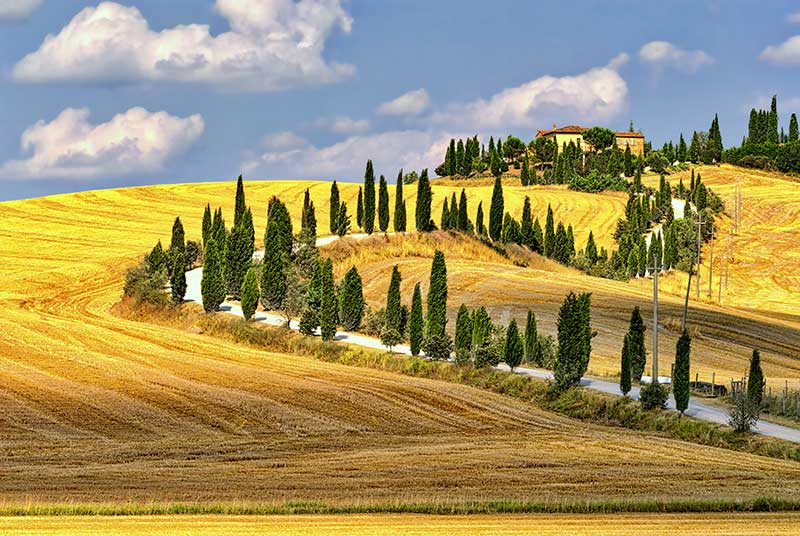
Photo: (Dreamstime)
Italy is a gathering of piquant characters and surprises. I hope you can be mesmerized again by its uniqueness, heterogeneity and richness, just like travel writer Henry Vollam Canova Morton in the early ’60 when in his A Traveller in Italy observed: “One of my first impressions was that the Milanese walk twice as fast as the Romans, and while walking, can tell a story or pass on a piece of scandal without stopping and blocking the pavement. The sound of the voices was different. The Milanese speak a more measured, less impetuous Italian; and I noticed everywhere several fair-haired women. Perhaps a Teutonic strain in the Milanese is responsible for those fair heads; if not, I recalled how noted Milan and Venice were during the Renaissance for hair washes, bleaches and dyes. In one of her letters, Isabella d’Este wrote to her Milanese brother-in-law, Ludovico Sforza, asking how he managed to change the color of his hair so quick.”
